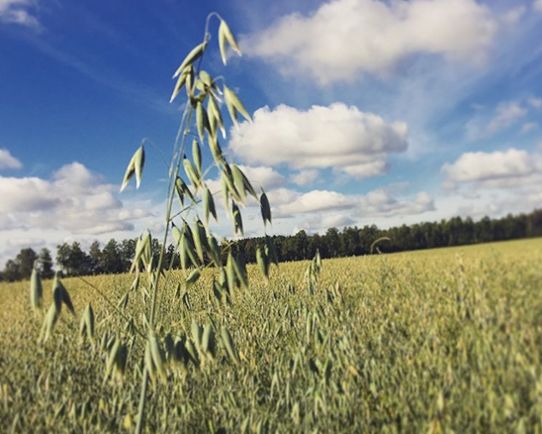
A warmer climate with increased droughts will affect Sweden’s domestic food production. The impact of a changed climate on farming and cultivation may also result in major financial losses for farmers and agricultural companies. The figures indicate that crop harvests after summer 2018 were almost halved, compared to normal harvests. The cultivation of crop types that are resilient to a warmer climate therefore represents a way of ensuring our continued self-sufficiency in crop production.
Cultural crops adapted to our climate
Cultural crops are better able to withstand the stress caused by drought – mainly because they have a greater root biomass. Historically, crops are greatly exposed to weather and wind conditions, which means they are less sensitive to climatic variations. They are also affected by different pests, as well as by the choices made by previous generations of farmers. The harvests from those plants that were most resilient were saved for use as seed for the next sowing season. Cultural crops could therefore represent a good alternative in a changed climate, where the occurrence of drought is more prevalent.
Cultural crops
There is no established definition of what constitutes a cultural crop, but the name has come to be used for older or historical variants of cereal crop. The Second World War was followed by major changes in the agricultural plant varieties that were cultivated, and this can be regarded as the turning point. In addition to traditional, refined crop varieties, we can also include local and rural varieties, as well as those varieties that were historically grown, such as single grain wheat, emmer wheat and spelt wheat.
More examples of climate adaptation
This is one of many examples of climate adaptation. There are more in the collection of ideas being built up by the Swedish National Knowledge Centre for Climate Change Adaptation at the Swedish Meteorological and Hydrological Institute (SMHI). The collection of examples has the aim of sharing experiences and providing ideas to everyone who works with climate adaptation. Examples describe concrete measures and challenges in several subject areas. They show how different actors have worked to adapt their activities to the climate changes that are already being noticed today and those that we cannot prevent in the future.